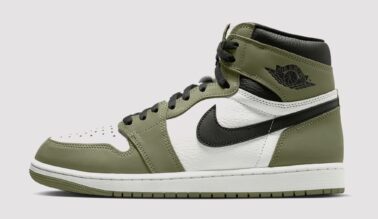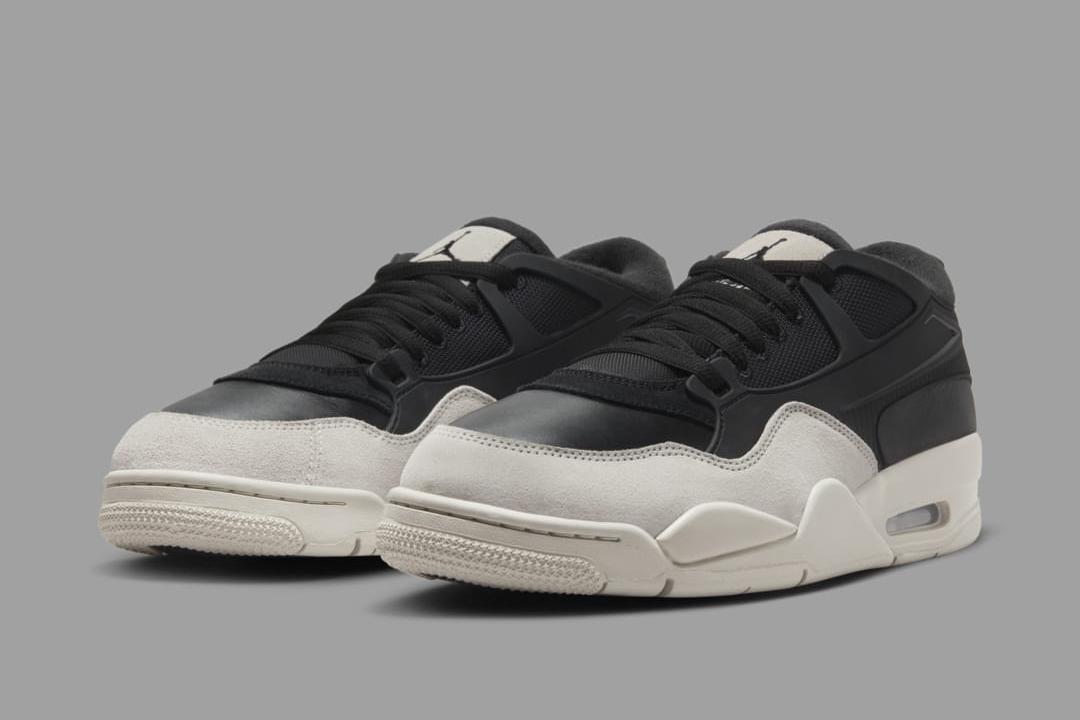This post may contain affiliate links. Please read our disclosure policy.
“Training is like an uncut diamond. The more you polish it, the better the stone.” – Derek Jeter
When you think of the extensive Jordan Brand roster, Derek Jeter is not the first athlete to come to mind due to him representing baseball on a legendary basketball-dominant brand. However, in case you didn’t know, the Yankees team captain since 2003 is the longest-tenured athlete on Jordan Brand. Over the years, Jordan Brand has done some incredible things with Derek Jeter and his footwear on and off of the field.
Following last year’s Jordan Jeter Throwback release, Senior Footwear Designer Octavio Lubrano and the rest of the Jordan Brand design team work closely with the MLB star on his 10th shoe, the Jordan Jeter Cut.
We recently caught up with Octavio Lubrano to discuss a wide array of attributes pertaining to the Jordan Jeter Cut. Lubrano touched on topics such as the origin of Jeter’s 10th shoe, its performance elements, the many different functions it possesses and what to expect from this shoe around All-Star break.
Check out our in-depth 1 on 1 interview with Octavio Lubrano on the Jordan Jeter Cut.
On the origin of the Jordan Jeter Cut’s name:
“When we met with Derek about two years ago at spring training, I asked Derek, “What does training mean to you?” His response was, “Training is like an uncut diamond. The more you polish it, the better the stone.” He told me this before he won the World Series, and I have kept that as a note when I go into designing his shoe. So, I met up with other members of the team and stated that I wanted to take the bottom of this shoe and cut the perfect flex. So, the theme of this shoe was trying to provide Derek Jeter with the perfect cut in regards to the analogy of a diamond. He’s about to break the 3,000 hit mark, so we’re looking and comparing it to 3K as in karats. There’s just a lot of things about a perfect stone that fits who Derek is. It’s a philosophy that we made into a design.”
On performance elements of the Jordan Jeter Cut:
“In designing the Jordan Jeter Cut, we came up with five performance buckets. (1) Comfort is one of them. We try to make sure every shoe comfortable. Baseball players are no different because they spend a lot of time standing up. (2) Lightweight is an initiative throughout basketball, baseball, football, training, etc. And also, (3) flexibility is a key component. The last two points are really my focus. (4) Lateral/Medial stability is definitely a game-changer whether you wear a running shoe or basketball shoe. The last component is (5) traction. Traction is always a challenge because you cannot just cater to one surface. Training is almost the opposite of what we have done, here at Jordan, in the past. Sure, we have had designs such as the Trunners, but those were looked at as kind of awkward and different.”
“The theme of this shoe was trying to provide Derek Jeter with the perfect cut in regards to the analogy of a diamond. He’s about to break the 3,000 hit mark, so we’re looking and comparing it to 3K as in karats. There’s just a lot of things about a perfect stone that fits who Derek is. It’s a philosophy that we made into a design.”– Octavio Lubrano |
On functionality of the Jordan Jeter Cut:
“Traction and flexibility kind of go hand in hand. We worked at the Nike Research Sports Lab to get the proper flex that you need for running since that is the foundation of all sports. There is always some form of running because that is the bio-mechanic. In the midfoot zone, we have a traction pattern that looks like lugs but they’re spaced out. We placed those there to address what we call a rotational traction element. When you’re planting and pivoting on dirt/turf, you need a little more grip. We didn’t want to make it too extreme where it looks like you have a cleat on, but it needed to be enough to where you can distinguish it from a running shoe or a basketball shoe. The traction pattern changes from the diamond lugs to diamond herringbone. For basketball, we use herringbone in a zigzag formation, but on the Jeter Cut, we used it in a diamond square shaped pattern to address all four corners. With herringbone, it almost has as a squeegee-like effect, so when you play on hardwood or mat surfaces, it gives you an extra sense of grip. We are going to continue to build on this, so we can find one traction pattern that will be great on all surfaces, but we really wanted to focus on the training part of it in the Jordan Jeter Cut.”
“As for the lightweight component, we went with a Phylon midsole that features dual density in the forefoot. We kind of went back to the basics. If you look back at some of Nike’s classic runners, like the Pegasus, they’re very simple with foams and proper flex. If you don’t get those qualities right, it really doesn’t matter how much Air you add because it won’t function the way it is supposed to. So, we took a very back-to-basic approach to get it comfortable and simple. That’s why we took the Air bag off of this design, so we can go back and learn some of the things incorporated into Nike Free among other technologies.”
“The final performance component is the cut from an upper standpoint. We normally put Derek in a mid cut shoe because he is 6’3″ and one of the tallest shortstops in the game. With this model, we wanted to lower the height and do a true 5/8 to low-cut silhouette. We found out from the University of Oregon baseball team and others that these guys want to be lower.”
On versatility of the Jordan Jeter Cut:
“So, the five surfaces that we play with in Jordan training is grass, artificial turf, dirt rubber mats and wood floors. What’s interesting is, we’re finding out some of our trainers are productive on more than one surface. We don’t want our athletes to have to change their shoes up when changing surfaces. When we met with the University of Oregon baseball team and a few other high school baseball players, we found out that a lot of kids get really frustrated by having to change shoes all of the time. They don’t want to put on a running shoe if they have to run three miles and then put on a training shoe because they have to do dirt work. So, we really made a commitment to make one shoe perform all functions. It’s not just a style; it’s a need. The most important thing with this Jordan Jeter Cut is for it to be one shoe that meets everything in the athlete’s training regimen. All year round, whether you’re a football player, baseball player, lacrosse player, whether you are Chris Paul, Carmelo, or Dwyane Wade, we just wanted to make this shoe for any and every athlete. Derek Jeter is kind of like the ambassador of our Jordan training team since he’s been doing this the longest, and we hope our guys like Chris Paul and Dwyane Wade can be All-Stars at the age of 36 like Jeter is. We have also added other baseball players to the line in an attempt to support Jeter, so we are pretty excited about that.”
Click here to view a few questions we asked Octavio Lubrano about the Jordan Jeter Cut.



